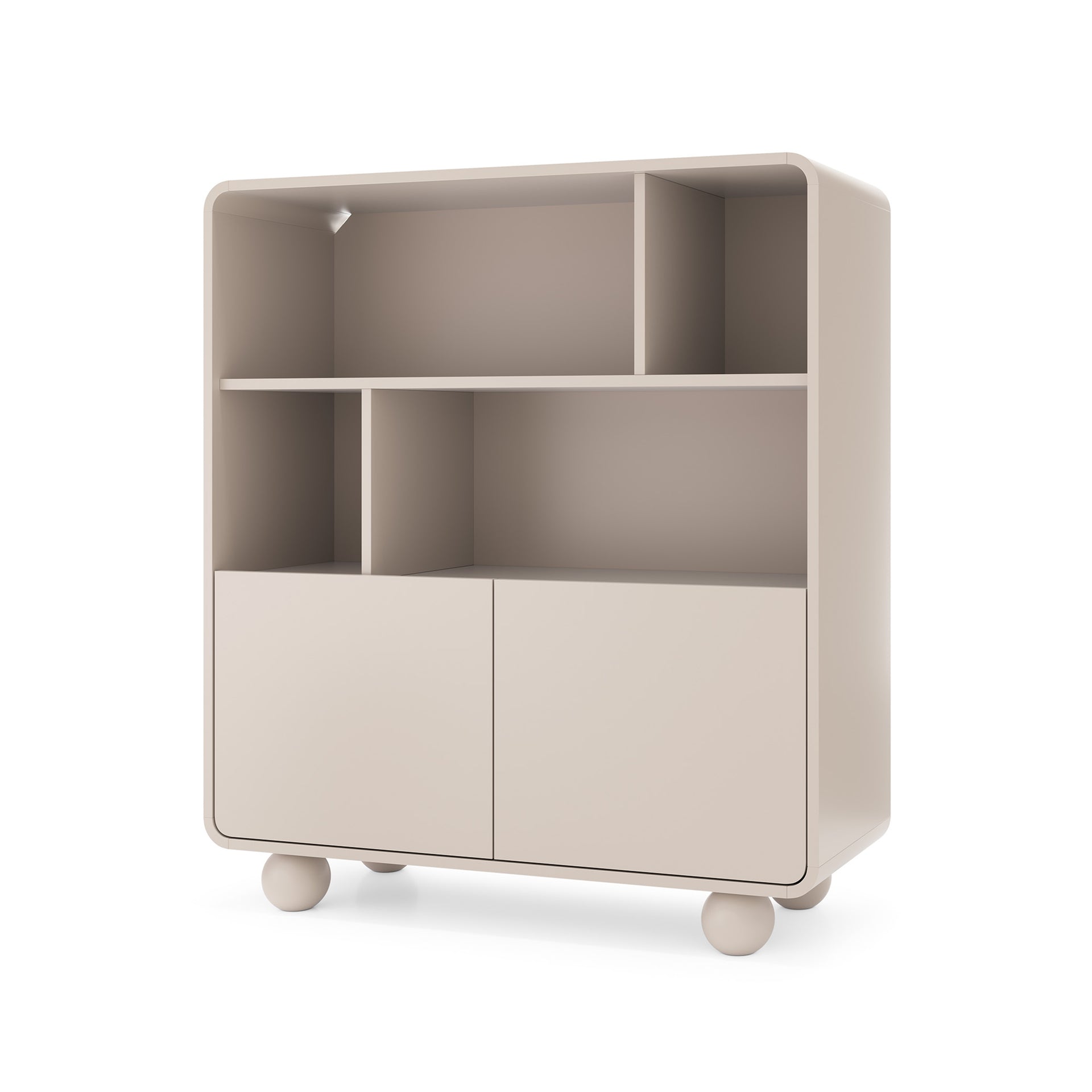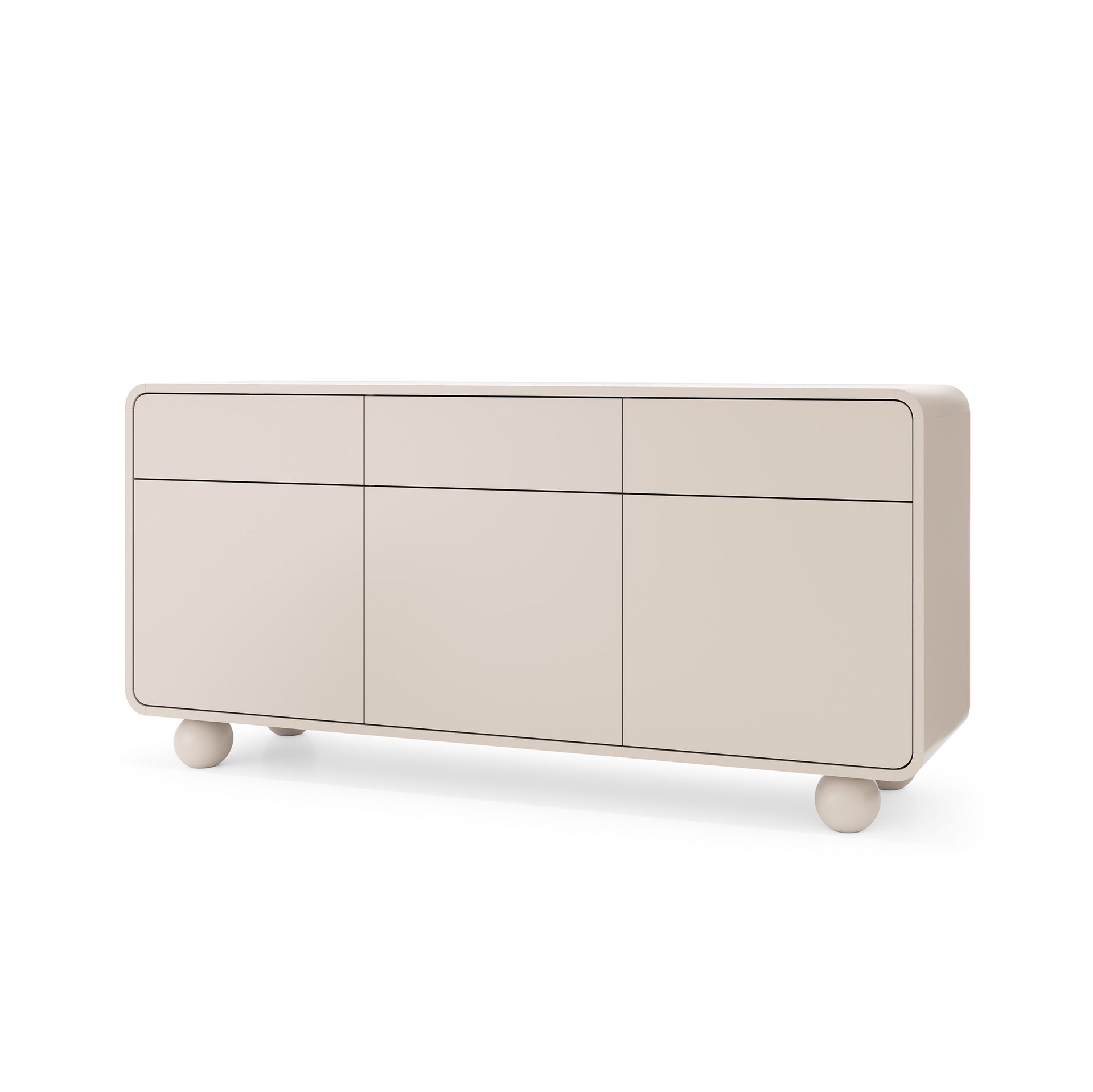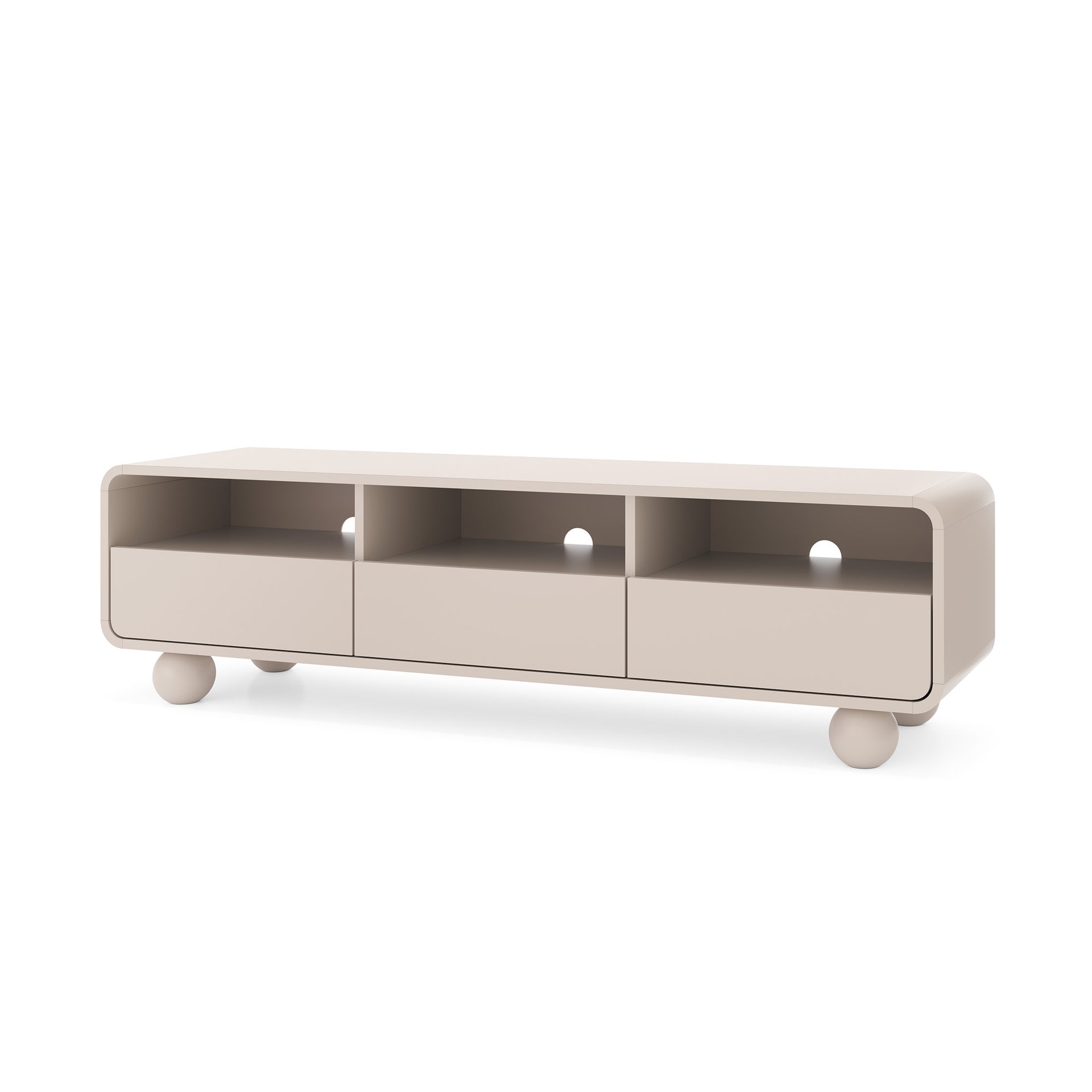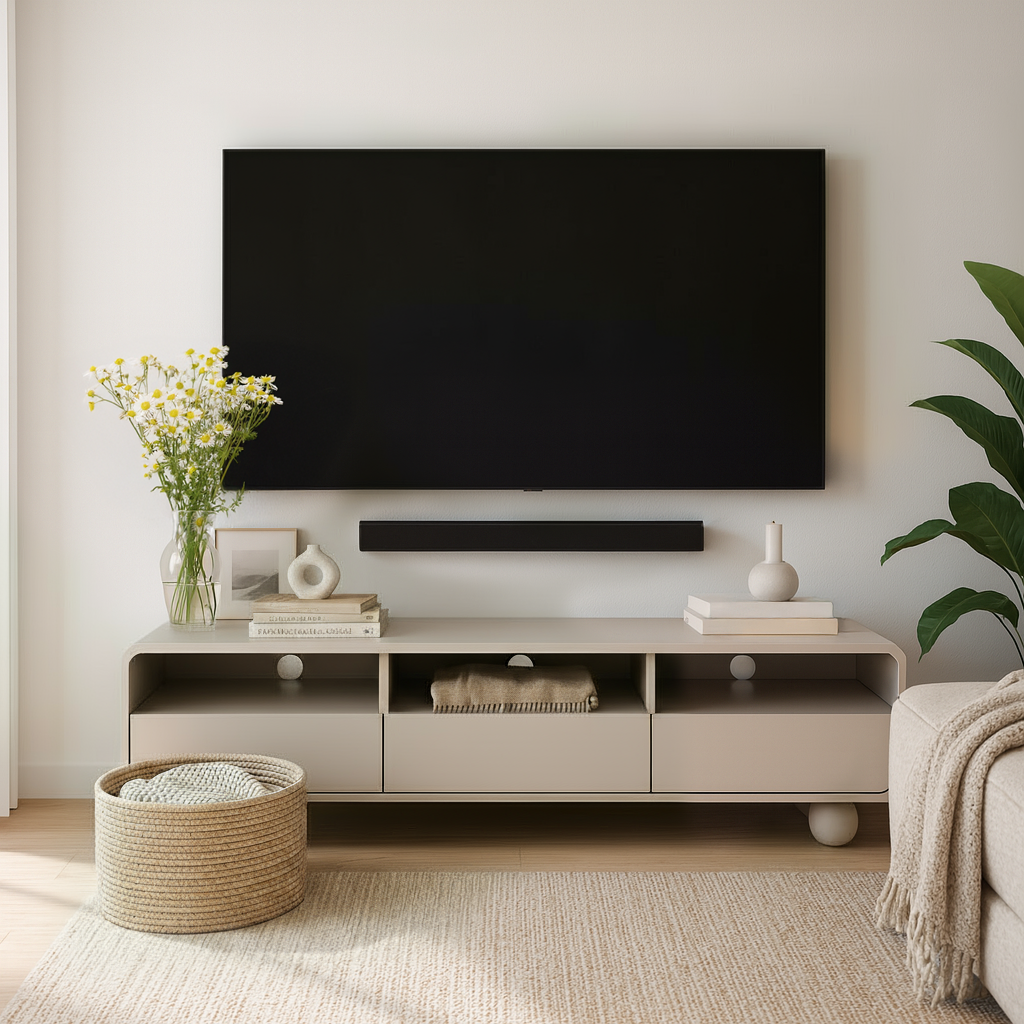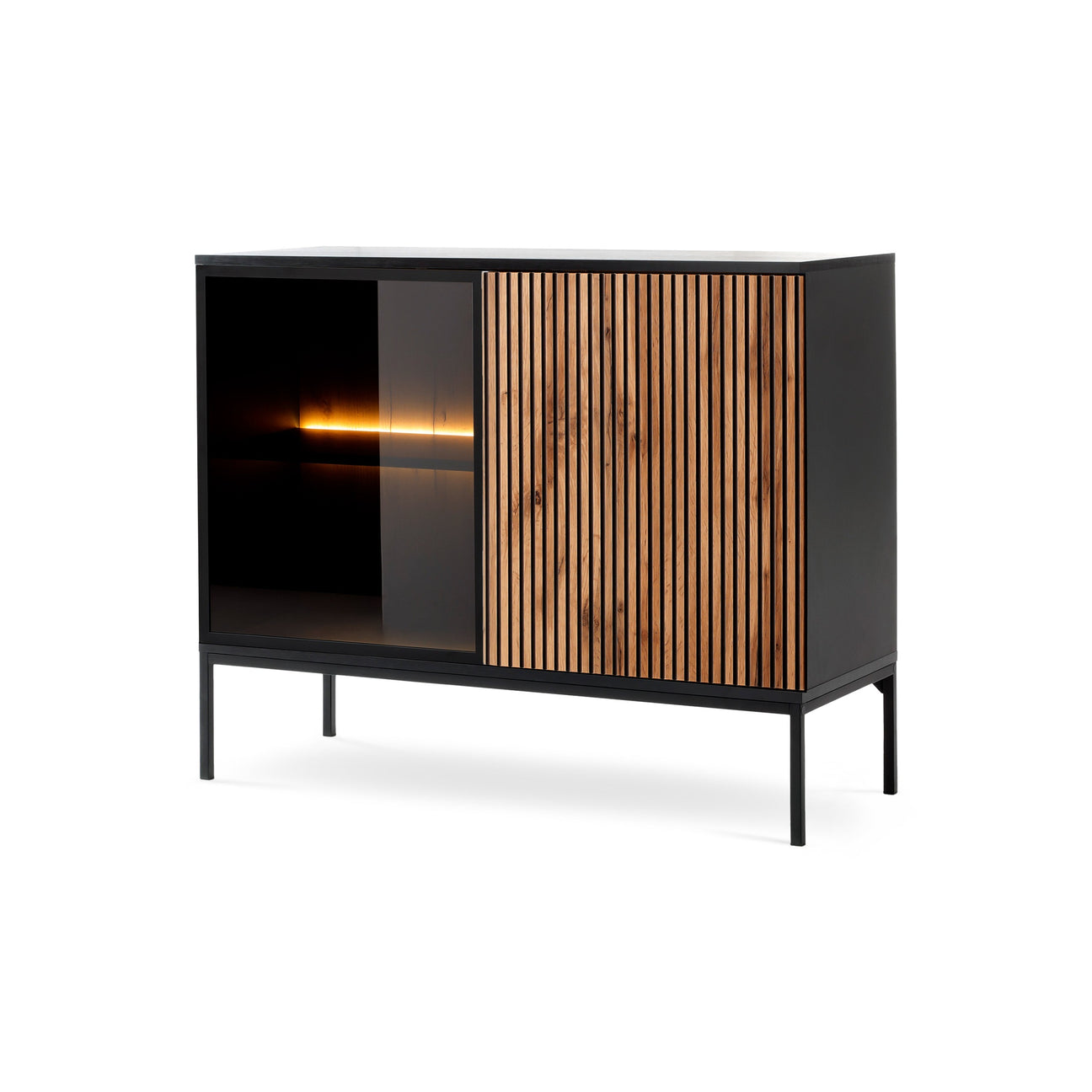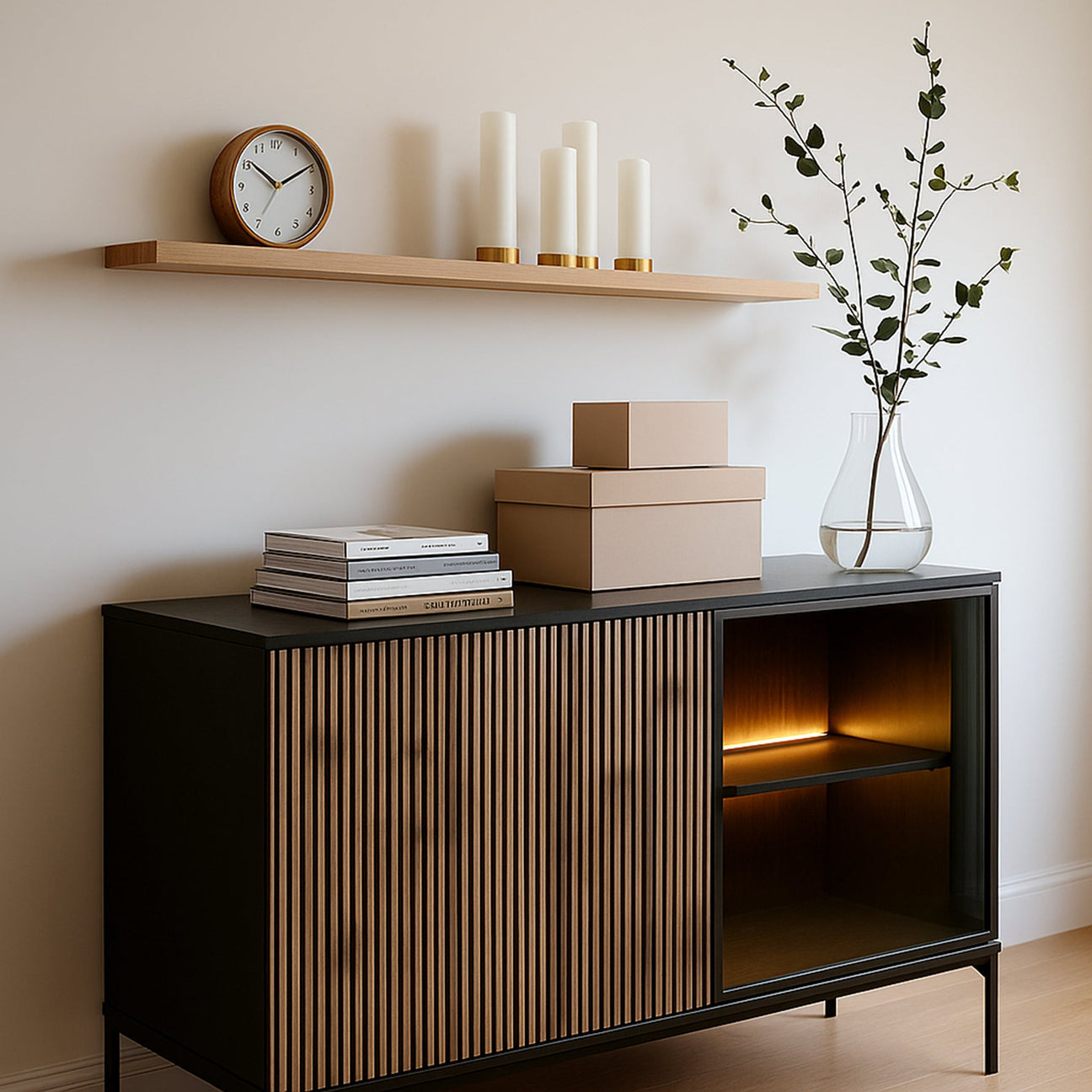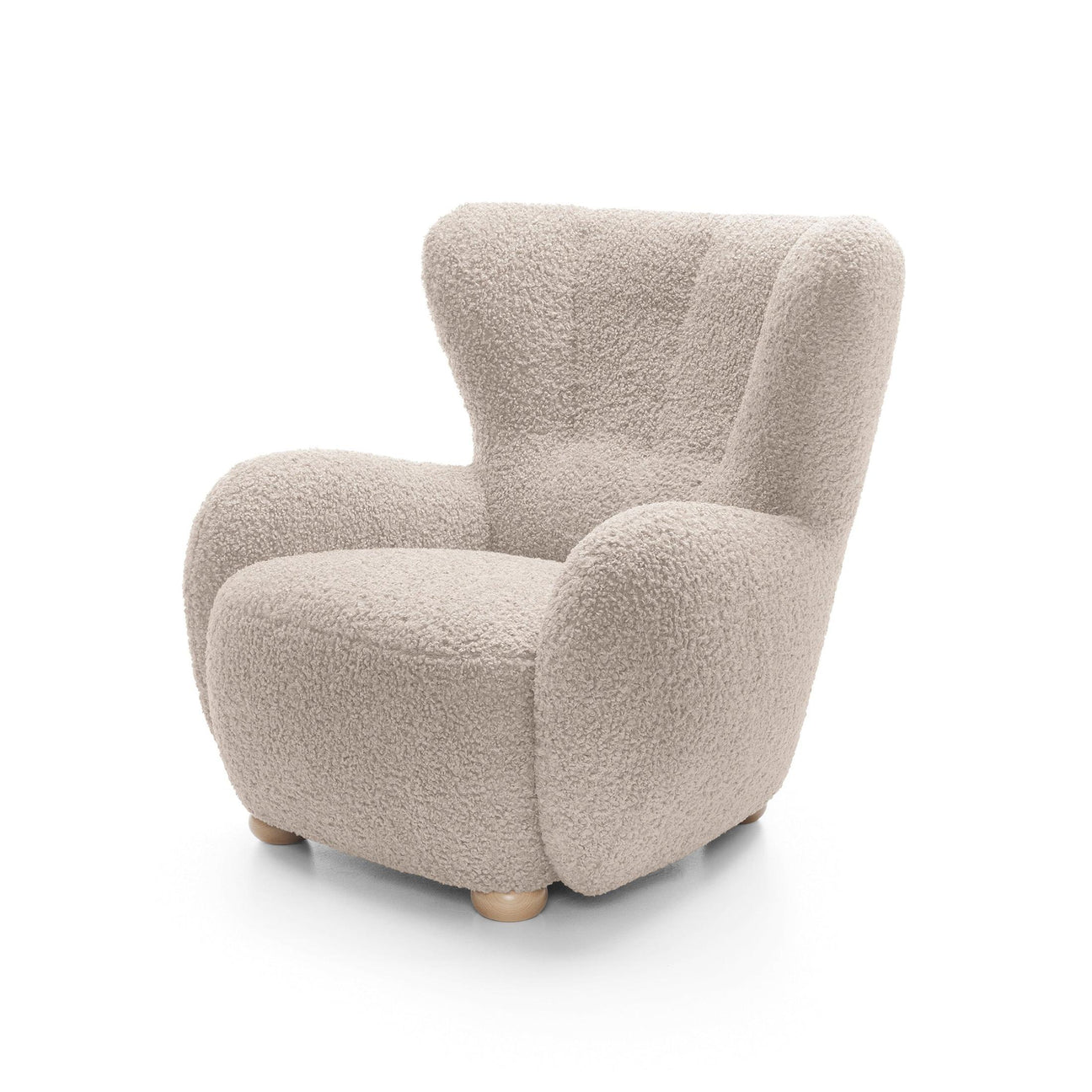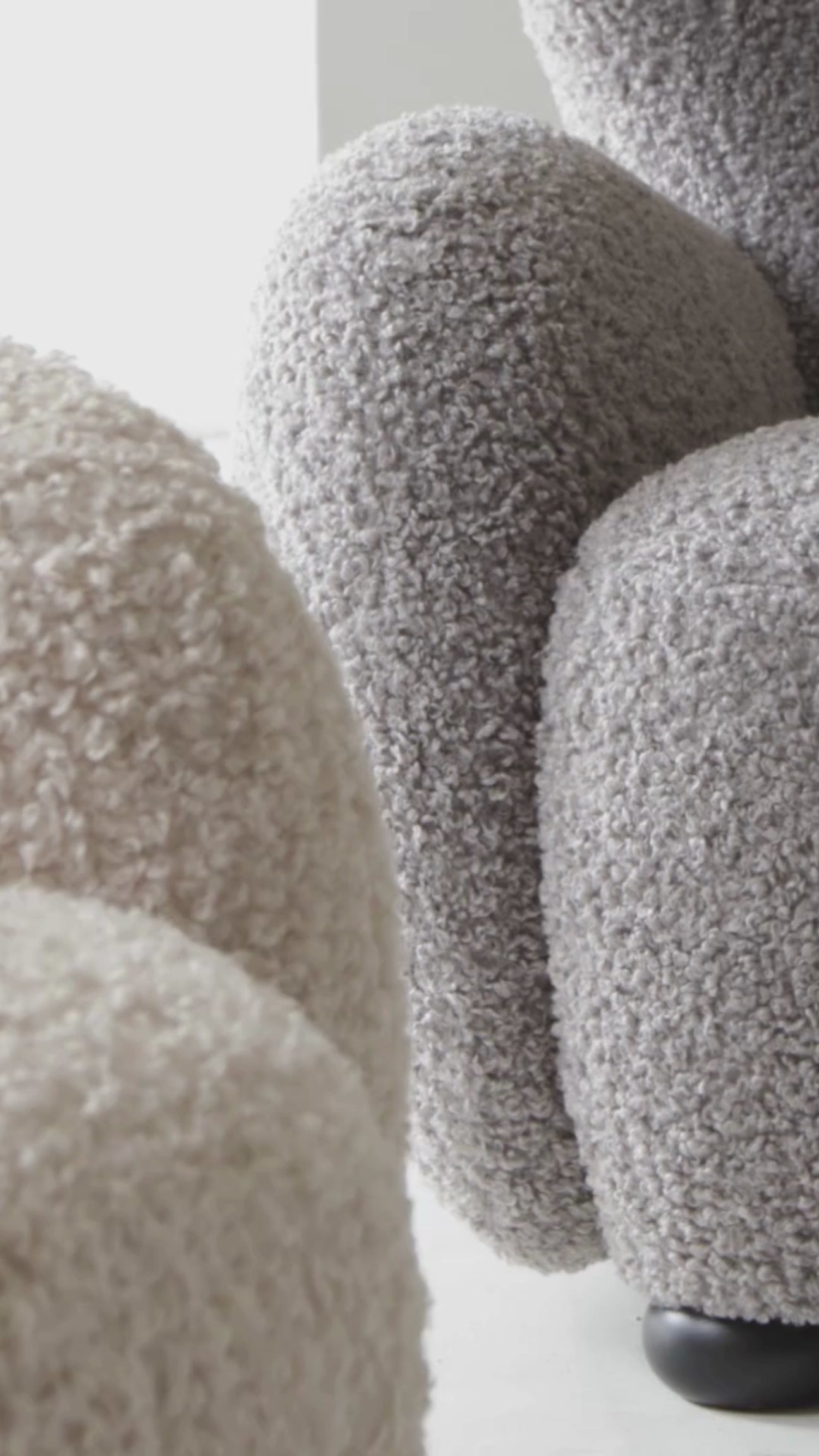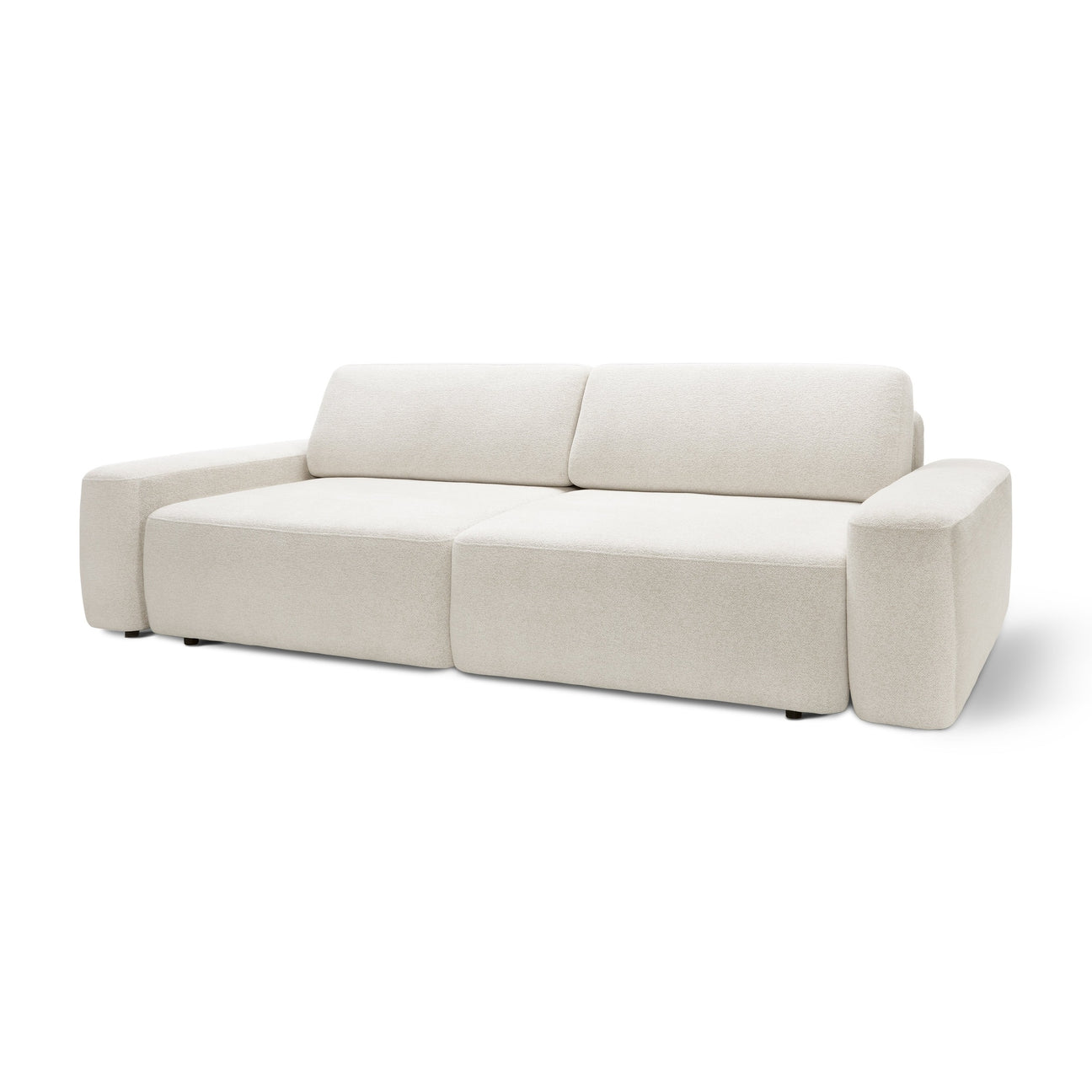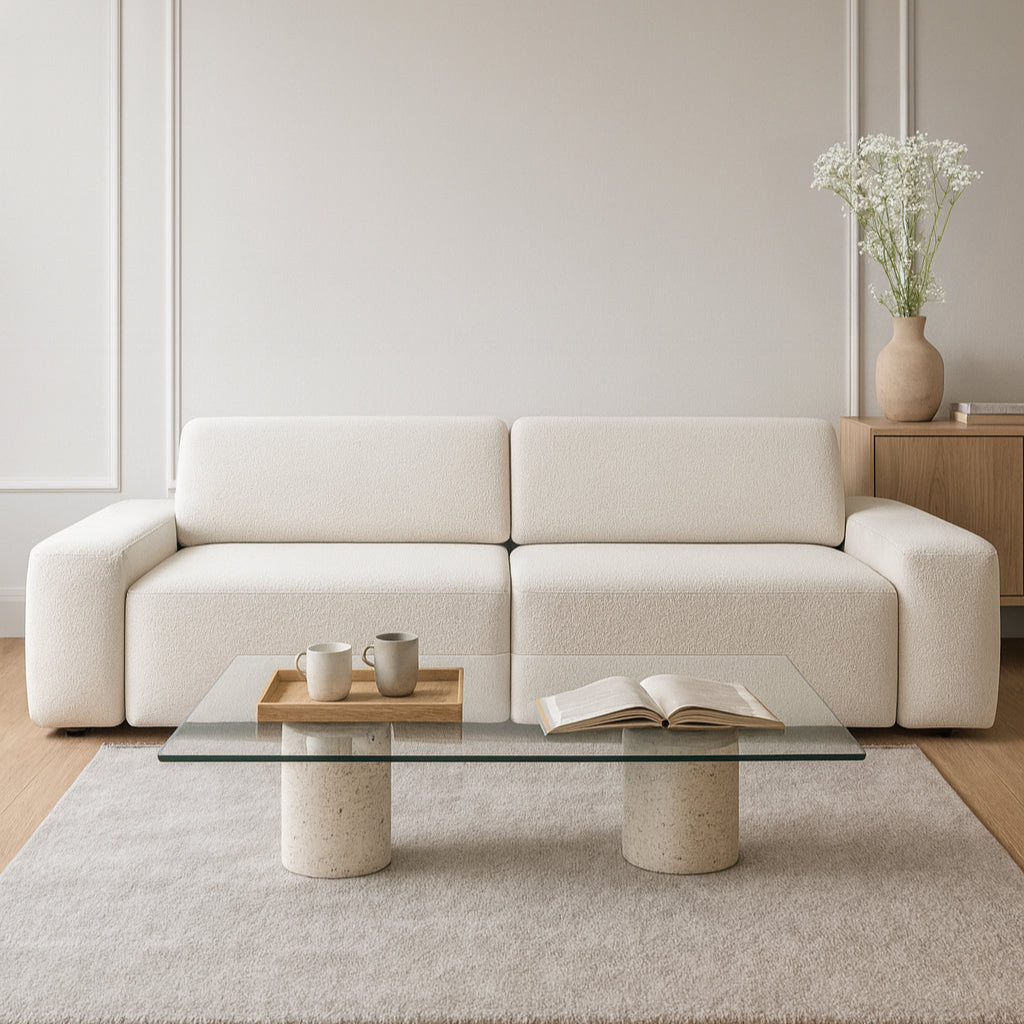How to thoughtfully organize your wardrobe for the change of season, what to put away, what to take out, and how to create a functional space for your fall/winter wardrobe.
Remember that feeling when you reach for a warm sweater for the first time all year and feel its soft wool against your skin? Or when you pull out your favorite boots that have been patiently waiting all summer? A fall wardrobe cleanout is more than a practical necessity—it's a rite of passage, a ceremony of preparing for the new season.
October is the perfect time for this kind of decluttering. The days are still warm, but the evenings are already cool, allowing us to calmly assess what we actually wear and what's just taking up space. It's also a time to reflect on who we are, how we dress, and what makes us feel good in our own skin.
At Pillovely, we believe that a tidy closet is a tidy mind. You are someone. You are valuable. And you deserve a wardrobe that supports you, inspires you, and reminds you of your uniqueness every morning.
The philosophy of autumn cleaning – less is more with character
Fall cleaning isn't just about swapping summer dresses for winter jackets. It's an opportunity to rethink your style, to select the things you truly love, and to create a wardrobe that serves you rather than overwhelms you.
First rule: every item in your wardrobe should have a story. Perhaps it's a favorite sweater you feel confident in? Or a jacket that accompanied you through important moments? The stories of different people from different eras and generations can teach us – our grandmothers had fewer clothes, but each one was carefully thought out, cared for, and cherished.
The second rule: functionality over quantity. It's better to have ten things you actually wear than fifty that just take up space. Personalization is yours, you create it yourself – your wardrobe should reflect your lifestyle, your needs, and your environment.
The third rule: respect space. Everything should have its place, every place its function. This isn't just aesthetics, but also practicality – you won't waste time searching for your sweater in the morning, because it will be exactly where it belongs.
Stage one: the great selection – what stays, what goes
Start by taking every piece of clothing out of your closet. Literally, every single one. This can be shocking – we often don't realize how many things we own until we see them all lying on the bed or floor.
Create three categories: stays, can stay, goes.
"Stays" are the things you wear regularly, that you feel good in, and that fit your lifestyle. Maybe it's a favorite fall/winter jacket you've had for years and still enjoy? Or a sweater that always makes you feel confident?
"Maybe keep" are things you're unsure about. Maybe a nice dress you bought last year but only wore once? Put those things aside—you'll come back to them later.
"Leaving" refers to things that no longer fit —not in size, not in style, not in your current life. This doesn't mean they're bad—their history with you simply ends.

What to do with things that "go away"?
The things that leave your closet don't have to end up in the trash. They can start new lives, with other people, in other homes.
You can donate items in good condition to charities. There are many foundations in Poland that accept clothing donations – it's a way for your jacket to be enjoyed by someone else.
You can sell brand-name items or items in very good condition – on online portals, in premium second-hand shops, or in Facebook groups. This not only allows you to recoup some of your money but also demonstrates a responsible approach to consumption.
You can transform worn-out items with interesting materials. Maybe an old cashmere sweater would be suitable for pillows? Or jeans for shopping bags? Treating things like history means respecting the materials they're made of.
Space organization – everything in its place
Once you know what's staying in your closet, it's time to rethink space organization. Winter wardrobes tend to be bulkier than summer wardrobes – thick sweaters, coats, and boots take up more space.
The principle of "whatever is most used is most accessible." Items you reach for daily should be at eye and arm level. Seasonal or occasional items can be higher or lower.
Utilize the vertical space of your closet. Extra shelves, hanging organizers, and boxes on the top shelves—every inch can serve a purpose.
Divide your closet into zones: jackets and coats, sweaters and cardigans, pants and skirts, dresses, and underwear. Each zone can have its own color of organizers – this will help you quickly find what you're looking for.
The Art of Folding – More Space, Less Wrinkles
The way you fold your clothes is crucial to closet organization. Well-folded items take up less space, wrinkle less, and are easier to find.
Marie Kondo's method for sweaters: Fold them so they stand upright, like books on a shelf. This way, you can see all the sweaters at a glance, and when you pull one out, you don't mix up the rest.
It's better to place heavy sweaters on shelves rather than hanging them – hanging them can stretch and warp them. Lightweight cardigans can be hung on thin hangers.
It is also better to fold trousers and jeans rather than hang them – they take up less space, and good quality material does not wrinkle easily.
Always hang delicate items —silk, lace, and fine knits. Folding can leave permanent creases.

Seasonal Storage – Vacation Clothing for Hibernation
Summer items, which are definitely coming to an end of their season, need proper storage. It's not just about storing them away – it's about ensuring they're in the same condition in spring as they were in fall.
Wash everything before storing. Stains that seem invisible can become permanent after a few months. Sweat and other dirt attract moths and other insects.
Use vacuum-sealed containers or bags. Plastic boxes with a lid protect against moisture and insects. Vacuum-sealed bags save space, but only use them for items that don't crease easily.
Add natural moth repellents like lavender, cedar, and cloves. Avoid camphor and other chemicals, as they can leave an unpleasant odor.
Label your containers. Six months from now, you might not remember what you put where. A simple label will save you time in the spring.
Investing in the Basics – Building Your Fall/Winter Capsule
Fall is the perfect time to consider a "capsule wardrobe" – a set of basic items that can be combined freely.
A good coat or jacket is essential. It's better to have one expensive, high-quality one than three cheap ones that will be thrown away after the season. It's the "buy less, choose well" philosophy – buy less, choose better.
A classic sweater in a neutral color is a piece that will last for years. Perhaps it's a beige cashmere sweater, or perhaps a dark green wool cardigan? Earthy and natural colors never go out of style.
Well-tailored trousers or jeans always make you look good. Investing in one really good pair of trousers is a better decision than buying three mediocre ones.
Classic shoes for fall and winter – maybe boots, maybe ankle boots, maybe classic shoes. The important thing is that they are comfortable, practical, and match most of your outfits.
Autumn Colors – Building a Harmonious Palette
An autumn/winter wardrobe can be colourful , but it should have a well-thought-out colour palette so that everything fits together.
Earthy tones are the perfect base: beiges, browns, khakis, and warm grays. These colors are timeless, easy to combine, and complement most complexions.
Add one or two signature colors —maybe a deep green (our signature color!), maybe a burgundy, maybe a mustard yellow. These colors will add character without dominating the wardrobe.
Avoid impulsive purchases in colors that don't complement the rest of your wardrobe. A purple sweater might be beautiful, but if the rest of your wardrobe is beige and brown, it will be difficult to wear.
Clothes care – to make them last longer
A well-organized wardrobe is also a well-cared-for wardrobe. Clothes we care for last longer, look better, and bring us greater satisfaction:
-
Invest in good hangers. Wooden hangers are better than plastic ones – they don't deform the shoulders of sweaters, don't leave marks, and look elegant.
-
Air your clothes after wearing them. You don't have to wash everything right away – often, just airing them out will keep them fresh for the next wear.
-
Learn basic repairs —replacing buttons, mending small holes, and removing stains. These skills will help you enjoy your favorite items longer.
-
Clean your wardrobe regularly. Dust and moisture are the enemies of fabrics. Once a month, wipe down the shelves, air out the wardrobe, and check for any signs of moisture.
Practical gadgets – organizers that make life easier
Fall and winter wardrobes need more accessories – scarves, hats, gloves. The right organizers will help keep them organized.
Drawer dividers are perfect for underwear, socks, and tights. Everything has its own place, making it easy to find what you're looking for.
Hanging organizers can be used to store accessories, scarves, and hats. You utilize vertical space while keeping everything in view.
Shoe boxes – transparent or labeled – allow you to store seasonal shoes while protecting them from dust.
Delicate laundry bags protect your favorite sweaters in the washing machine.
Mindful shopping – conscious shopping before winter
Fall cleaning is also an opportunity to analyze your shopping style. Do you buy things you actually wear? Are you guided by emotion or by thoughtful decisions?
Before every purchase, ask yourself: "What will I wear this with? What will I pair it with? Do I already have something similar?" If you can't answer that question, it might be better to wait.
Make a list of the things you actually need. Maybe you need a good scarf, but you already have five sweaters?
Invest in quality, not quantity. One good jacket made of quality materials will last you several seasons. Ten cheap jackets will need replacing every year.

Solving the problem of lack of time – the 15-minute strategy
The biggest obstacle to organizing your wardrobe is the belief that it will take days. But you can do it in stages, 15 minutes a day.
Day 1: Pull out all your jackets and coats. Assess their condition and decide what's left for winter.
Day 2: Tackle the sweaters. Put them on shelves and sort them by color.
Day 3: Pants and skirts. Check that they all still fit and are in good condition.
Day 4: Winter accessories. Check the condition of hats, scarves, and gloves.
Day 5: Shoes. Clean, protect, and tidy up for winter.
After a week, you have a tidy wardrobe without having to devote an entire weekend to it.
Your wardrobe, your story
Pillovely is about loving the warmth of home —and a wardrobe is part of that warmth. It's a space that helps you feel good in your own skin every morning.
You are someone. You are valuable . And you deserve a wardrobe that supports you, inspires you, and reminds you of how unique you are. It's not about having the most expensive pieces—it's about having things that are yours, that tell your story.
For those who want more , remember that organizing your wardrobe isn't a one-time event, but a process. It's a way to get to know yourself better, to make conscious choices, and to respect the things you own.
The history of people from different eras and generations shows that things that are durable, beautiful, and functional have always been valued. Your wardrobe can be a continuation of this tradition – a place where each item has its own value, its own function, its own story.
Fall cleaning isn't just about preparing for winter —it's a rite of passage, a moment of reflection on who you are and how you want to present yourself to the world. Let your wardrobe be a reflection of the best version of you.
How do you organize your wardrobe for the change of season? What methods work well in your home? Do you have your own tried-and-true methods for keeping your closet organized? Share your experiences with our community – let's show that organizing your wardrobe can be a pleasure, not a chore.


